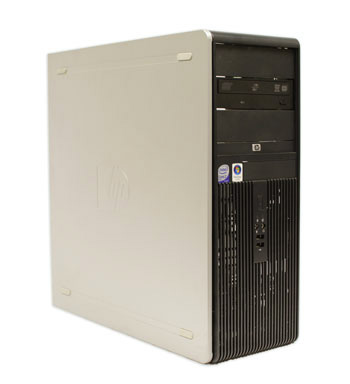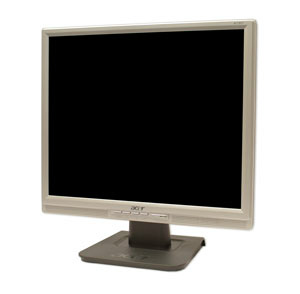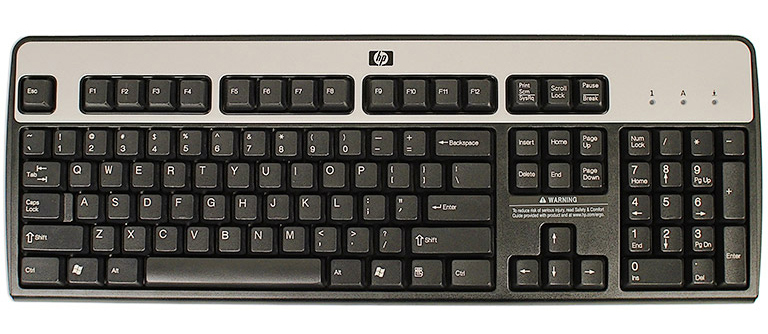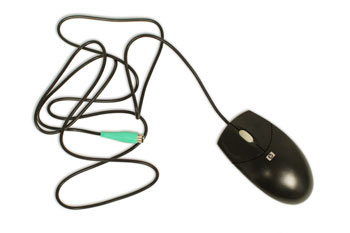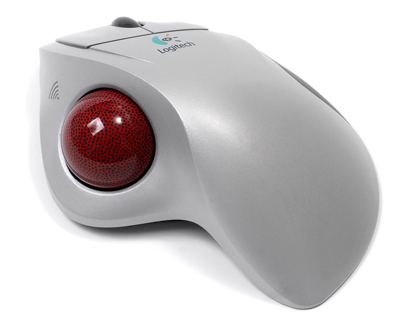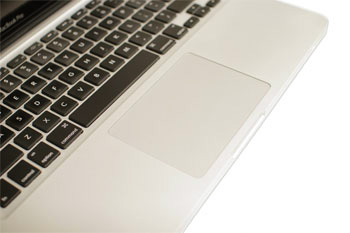PROCESSOR (CPU)
Unit pemprosesan pusat (CPU) adalah litar elektronik dalam komputer yang melaksanakan arahan program komputer dengan melakukan aritmetik asas, operasi yang ditentukan oleh arahan logik, kawalan dan input / output (I / O). Industri komputer telah menggunakan istilah "unit pemprosesan pusat" sekurang-kurangnya sejak awal 1960-an. Secara tradisinya, istilah "CPU" merujuk kepada pemproses, lebih khusus kepada unit unit pemprosesan dan kawalan (CU), membezakan unsur-unsur teras komputer dari komponen luaran seperti ingatan utama dan saya litar / O.
Bentuk, reka bentuk dan pelaksanaan CPU telah berubah sepanjang sejarah mereka, tetapi operasi asas mereka kekal hampir tidak berubah. komponen utama CPU yang termasuk unit logik aritmetik (ALU) yang melakukan operasi aritmetik dan logik, pemproses mendaftar yang operan bekalan kepada ALU dan menyimpan keputusan operasi ALU, dan unit kawalan yang orchestrates semasa mengambil (daripada memori) dan pelaksanaan arahan dengan mengarahkan operasi diselaraskan ALU, daftar dan komponen lain.
Kebanyakan CPU moden mikropemproses, bermakna mereka yang terkandung di litar bersepadu (IC) cip tunggal. KP yang mengandungi CPU juga mengandungi ingatan, antara muka persisian, dan lain-lain komponen komputer; peranti bersepadu tersebut pelbagai dipanggil pengawal mikro atau sistem pada cip (SoC). Sesetengah komputer menggunakan pemproses berbilang teras, yang merupakan cip tunggal yang mengandungi dua atau lebih CPU dipanggil "teras"; dalam konteks itu, kita boleh bercakap seperti cip tunggal sebagai "soket". Pemproses Array atau pemproses vektor mempunyai beberapa pemproses yang beroperasi secara selari, tanpa unit dianggap pusat. Terdapat juga wujud konsep CPU maya yang merupakan abstraksi dinamik sumber pengiraan agregat.
